Home>Garden Essentials>What Trees Do Helicopter Seeds Come From
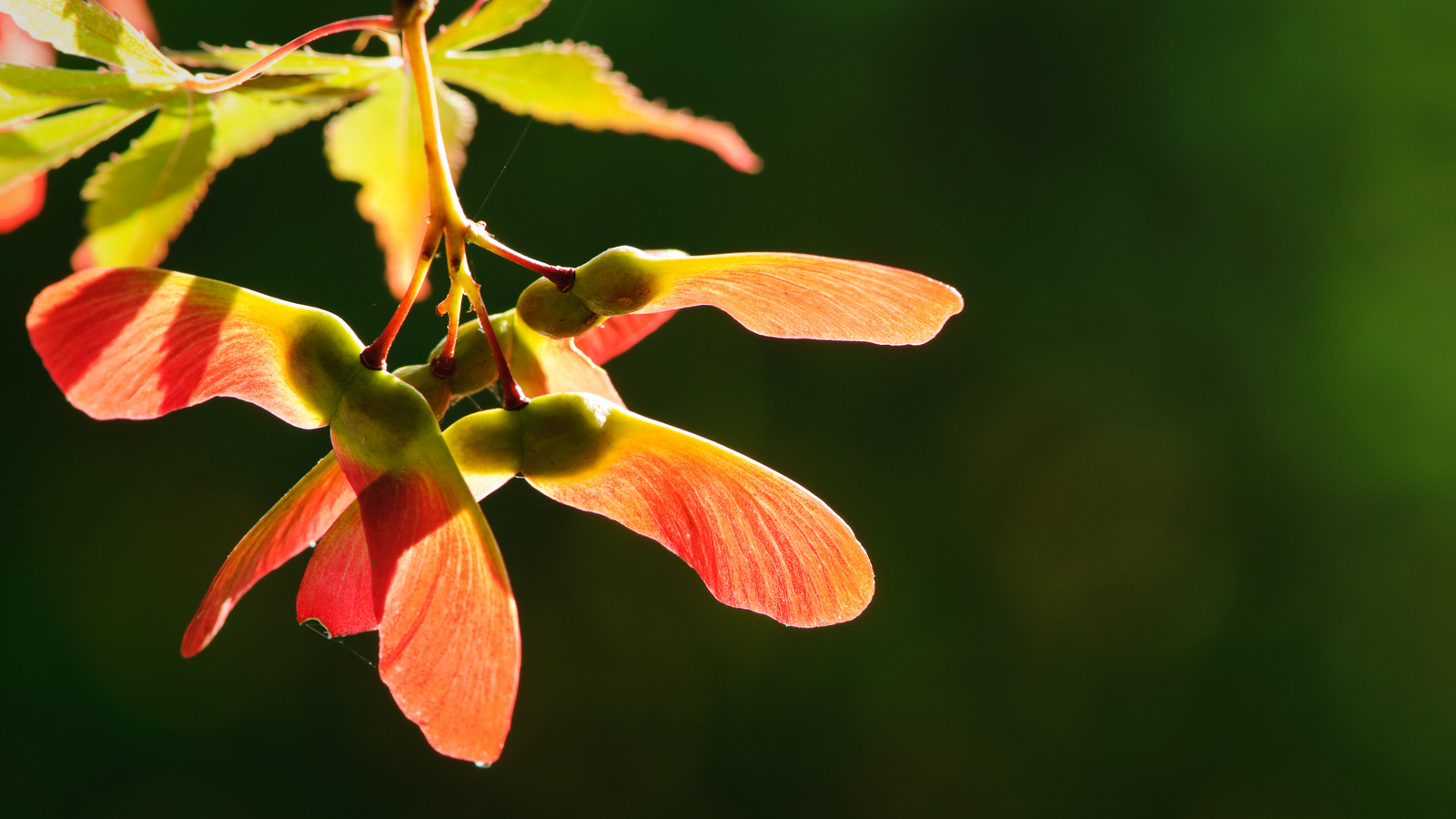

Garden Essentials
What Trees Do Helicopter Seeds Come From
Modified: March 24, 2024
Discover which trees in your garden produce helicopter seeds and learn about the fascinating process behind their dispersal.
(Many of the links in this article redirect to a specific reviewed product. Your purchase of these products through affiliate links helps to generate commission for Storables.com, at no extra cost. Learn more)
Introduction
Welcome to the fascinating world of helicopter seeds! If you’ve ever strolled through a park or a garden, you might have come across these peculiar seeds gracefully twirling down from the trees. But have you ever wondered where these helicopter seeds come from and why they have this unique flight pattern?
In this article, we will explore the world of helicopter seeds, diving into the trees they originate from, their purpose in tree reproduction, and the science behind their aerodynamic flight.
So, let’s take a closer look at these whimsical and enchanting seeds and unravel the mysteries behind their origin and behavior.
Key Takeaways:
- Helicopter seeds, like those from maple and birch trees, use spinning wings to travel far from their parent tree, reducing competition and increasing chances of growth in new habitats.
- The spinning motion of helicopter seeds is like a natural helicopter rotor, helping them glide and disperse over a wide area, ensuring the survival and proliferation of their parent trees.
Read more: What Kind Of Tree Has The Helicopter Seeds
What are helicopter seeds?
Helicopter seeds, also known as samaras, are the winged seeds produced by certain tree species. They get their name from their unique flight pattern, which resembles the rotating blades of a helicopter as they descend from the tree canopy to the ground.
These seeds typically have two wings attached to a central seed body or nutlet. The wings are thin and flat, causing the seed to spin and glide as it falls through the air. This spinning motion slows down the seed’s descent, allowing it to travel a greater distance away from the parent tree before landing.
While helicopter seeds are commonly associated with the maple tree, they are also produced by other tree species, such as birch, ash, elm, and alder trees, among others.
The unique design of helicopter seeds plays a crucial role in dispersing and propagating these trees across different environments.
Now that we have a basic understanding of what helicopter seeds are, let’s explore the specific trees that produce these captivating seeds.
Maple trees and helicopter seeds
Maple trees are perhaps the most well-known when it comes to producing helicopter seeds. These trees belong to the Acer genus and are native to various regions of the world, including North America, Europe, and Asia.
There are numerous species of maple trees, but the most commonly recognized is the sugar maple (Acer saccharum) and the red maple (Acer rubrum). Both of these species are renowned for their vibrant fall foliage and, of course, their helicopter-like seeds.
The seeds of maple trees have unique adaptations that aid in their dispersal. Each seed is enclosed in a papery wing or samara, forming a winged structure. This wing-like appendage allows the seed to be carried by the wind, assisting in its dispersal away from the parent tree.
As the seed descends to the ground, the spinning motion generated by the wing allows it to be carried further away. This mechanism helps the seed reach new areas for germination, reducing competition with other trees and increasing the chances of successful reproduction.
In addition to their impressive flight ability, maple seeds have a high success rate in germinating and establishing new maple saplings. This adaptability is one reason why maple trees can be found in a wide range of environments and climates.
So, the next time you see a maple tree with its vibrant red, orange, or yellow leaves and its helicopter seeds gracefully falling to the ground, take a moment to appreciate the incredible mechanisms nature has in place for tree propagation.
Birch trees and helicopter seeds
Birch trees, belonging to the Betula genus, are another group of trees that produce fascinating helicopter-like seeds. These slender and graceful trees are known for their distinctive bark that peels off in thin, papery layers.
Several species of birch are found throughout the world, with some of the most common being the silver birch (Betula pendula) and the white birch (Betula papyrifera).
Similar to maple trees, birch trees have evolved to disperse their seeds through the wind with the help of winged seeds. The seeds are encapsulated in small, oval-shaped structures known as samaras, which have two long, slender wings attached to them.
When the wind catches these wings, the samaras spin and flutter as they descend to the ground, just like miniature helicopters. This spinning action helps to slow down their descent and increases the distance they can travel away from the parent tree.
Birch trees produce a large number of seeds, which enhances their chances of successful reproduction. The widespread dispersal of these seeds ensures that new birch saplings can establish themselves in different habitats and increase the overall population of birch trees.
In addition to their important role in tree reproduction, the seeds of birch trees also provide a vital food source for various wildlife. Birds, such as finches and siskins, feed on the small nutritious seeds, contributing to the ecological balance of their habitats.
So, the sight of birch trees gracefully releasing their helicopter-like seeds not only creates a picturesque scene in nature but also plays a crucial role in the birch tree’s survival and ecosystem sustainability.
Helicopter seeds come from maple trees, which are known for their distinctive winged seeds that spin as they fall to the ground.
Other trees that produce helicopter seeds
While maple and birch trees are well-known for their helicopter seeds, there are several other tree species that also use this fascinating method of seed dispersal. Let’s explore some of these remarkable trees:
- Ash Trees: Ash trees, belonging to the Fraxinus genus, produce samaras that resemble a pair of wings. These wings help the seeds to catch the wind and travel long distances away from the parent tree.
- Elm Trees: Elm trees, part of the Ulmus genus, produce small samaras with a single rounded wing. As they fall, the wing creates a spinning motion, aiding in seed dispersal.
- Alder Trees: Alder trees, from the Alnus genus, bear small, cone-like structures called strobiles that contain numerous tiny winged seeds. These seeds are dispersed by the wind and water.
- Hornbeam Trees: Hornbeam trees, of the Carpinus genus, produce small nut-like fruits wrapped in papery bracts. As the fruit dries, it releases the nut, which is equipped with two small wings, facilitating its dispersal by wind.
- Sycamore Trees: Sycamore trees, also known as London plane trees, are part of the Platanus genus. Their seeds have a unique winged appearance, resembling blades of a propeller.
Each of these tree species has adapted to their particular environment by evolving these helicopter-like seeds. The wings on these seeds enable them to travel further away from the parent tree, increasing the chances of survival and successful reproduction.
It is truly remarkable to witness the diversity of trees that employ this clever method of seed dispersal. The sight of these helicopter seeds drifting through the air adds a touch of enchantment to our natural surroundings.
Read more: Where Do Radish Seeds Come From
How do helicopter seeds help tree reproduction?
Helicopter seeds play a vital role in the reproductive cycle of trees. These seeds have evolved unique adaptations that aid in their dispersal and increase the chances of successful tree reproduction.
One of the main benefits of helicopter seeds is their ability to travel a significant distance away from the parent tree. As the seeds spin and glide through the air, the wings generate lift and slow down their descent. This allows them to be carried by the wind, sometimes over long distances, before finally landing on the ground.
By traveling away from the parent tree, helicopter seeds reduce competition for resources with other trees in the same area. This dispersal mechanism enables the seeds to find new locations with favorable conditions for germination and growth.
Furthermore, the dispersal of helicopter seeds helps to colonize new habitats and expand the species’ range. Seeds that are dispersed to distant locations, such as vacant areas or areas with less dense vegetation, have a greater chance of establishing themselves as new saplings. This promotes genetic diversity within the tree population and enhances the overall resilience of the species against environmental changes.
In addition to wind dispersal, helicopter seeds can be carried by water as well. In areas with rivers, streams, or even heavy rainfall, these seeds can be transported downstream, allowing them to colonize new areas along the watercourse.
It is also interesting to note that not all helicopter seeds germinate immediately after landing. Some seeds enter a period of dormancy, which helps them withstand harsh environmental conditions or wait for a more favorable time for germination, such as the arrival of spring. This dormancy period increases the chances of survival for the seed and subsequent growth as a sapling.
In summary, helicopter seeds aid in tree reproduction by facilitating long-distance dispersal, reducing competition, colonizing new habitats, and promoting genetic diversity. These fascinating seeds have evolved to ensure the success and resilience of tree species in various environments.
The aerodynamics of helicopter seeds
The flight of helicopter seeds is not merely an enchanting sight to behold; it is also a marvel of aerodynamics. These unique seeds have evolved specialized features that enable them to gracefully descend from the tree canopy with a spinning motion.
The primary factor contributing to the flight of helicopter seeds is the design of their wings. The wings are typically thin, flat, and wide, creating a larger surface area. This larger surface area generates lift as the seed moves through the air, similar to how an airplane wing creates lift during flight.
As the seeds detach from the tree and begin their fall, the wings of the seed generate enough lift to slow down the descent. The rotating motion produced by the spinning wings further enhances the lift force, allowing the seed to glide for a longer duration and cover a greater distance.
This spinning motion is not accidental; it is an intentional adaptation that aids in seed dispersal. The rotation acts as a type of rotor, creating a rotating column of air around the seed, which helps to maximize lift and maintain stability during descent.
Just like a helicopter rotor, the spinning action of the wings controls the speed of descent and provides stability by counteracting the effects of air turbulence. This controlled descent increases the chances of the seed landing in an optimal location for germination and growth.
Furthermore, the spinning motion of the wings ensures that the seeds disperse in a wide area rather than falling straight down directly beneath the parent tree. This dispersion results in reduced competition among seedlings and improves opportunities for successful reproduction.
It is important to note that the aerodynamics of helicopter seeds are influenced by various factors, including wind speed, wing shape, seed size, and wing flexibility. Each tree species that produces helicopter seeds has evolved its own unique wing design to optimize flight performance and maximize dispersal potential.
So, the next time you witness helicopter seeds gracefully twirling through the air, take a moment to appreciate the intricate aerodynamics behind their flight. These seeds have perfected the art of aerial dispersal, ensuring the survival and propagation of their parent trees across vast distances.
Conclusion
In the kingdom of trees, helicopter seeds add a touch of whimsy and wonder. These unique winged seeds, such as those from maple, birch, ash, elm, alder, hornbeam, and sycamore trees, captivate our imagination as they gracefully glide through the air.
It is through the remarkable adaptations of these seeds that trees ensure their survival and proliferation. The ingenious design of helicopter seeds allows them to disperse over long distances, reducing competition and expanding their range to new and favorable habitats.
The aerodynamics of helicopter seeds unveil a fascinating story of natural engineering. The spinning wings generate lift, slow down the descent, and enable controlled flight. This flight pattern assists in dispersal and maximizes the chances of successful germination and growth in diverse environments.
Helicopter seeds not only contribute to the reproduction of their parent trees but also provide sustenance for various wildlife species. Birds, insects, and small mammals rely on these nutrient-rich seeds, further intertwining the intricate web of nature’s ecosystem.
So, the next time you come across a tree adorned with helicopter seeds, take a moment to appreciate the ingenuity of nature. Observe how these seeds gracefully dance through the air, carrying the hopes and aspirations of a tree, and marvel at the wonders that lie within the natural world.
Remember, the tiny helicopter seeds serve as a reminder of the incredible adaptability and resilience of the plant kingdom, constantly striving to propagate and flourish in a world that relies on the interconnectedness of every living organism.
Frequently Asked Questions about What Trees Do Helicopter Seeds Come From
Was this page helpful?
At Storables.com, we guarantee accurate and reliable information. Our content, validated by Expert Board Contributors, is crafted following stringent Editorial Policies. We're committed to providing you with well-researched, expert-backed insights for all your informational needs.



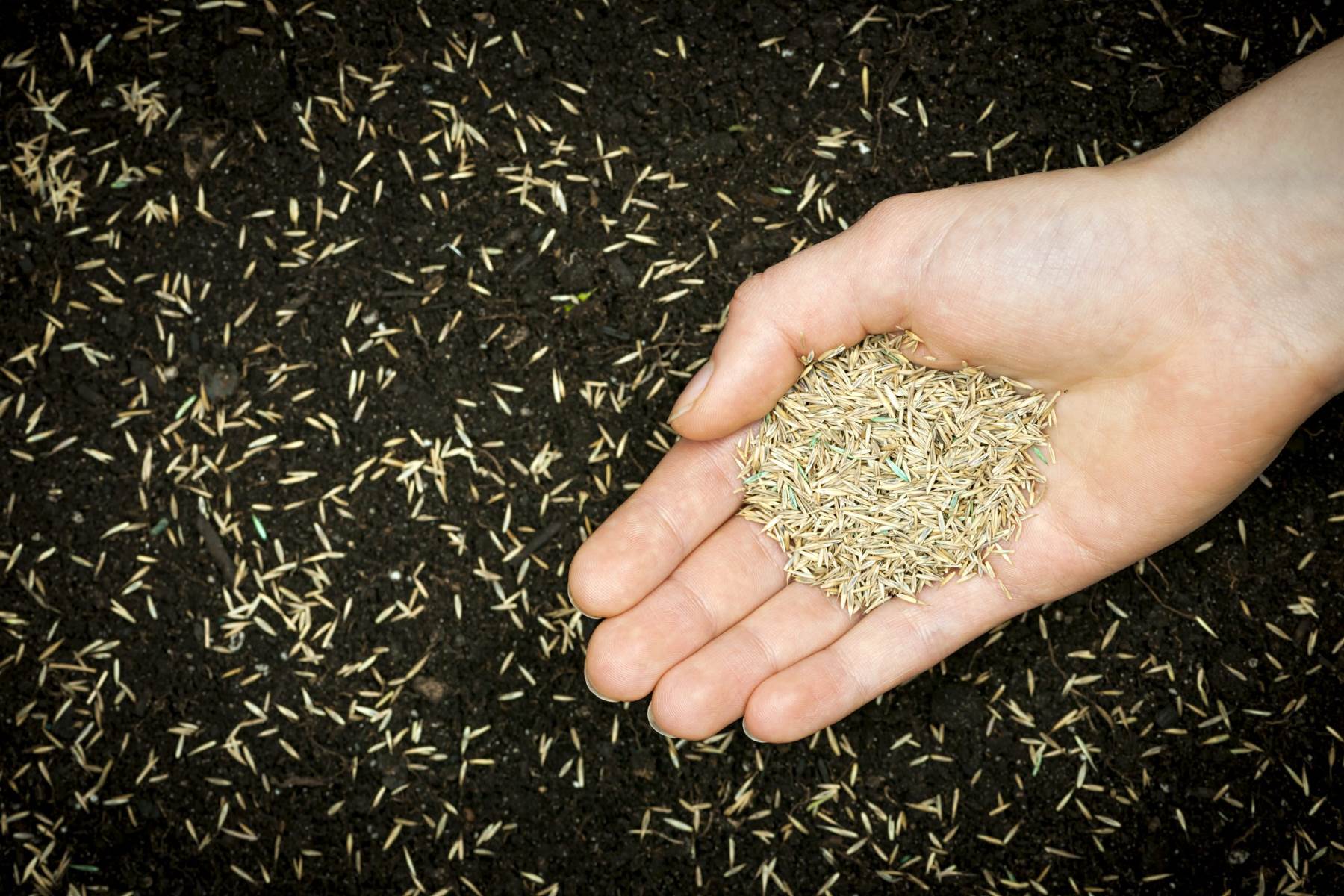
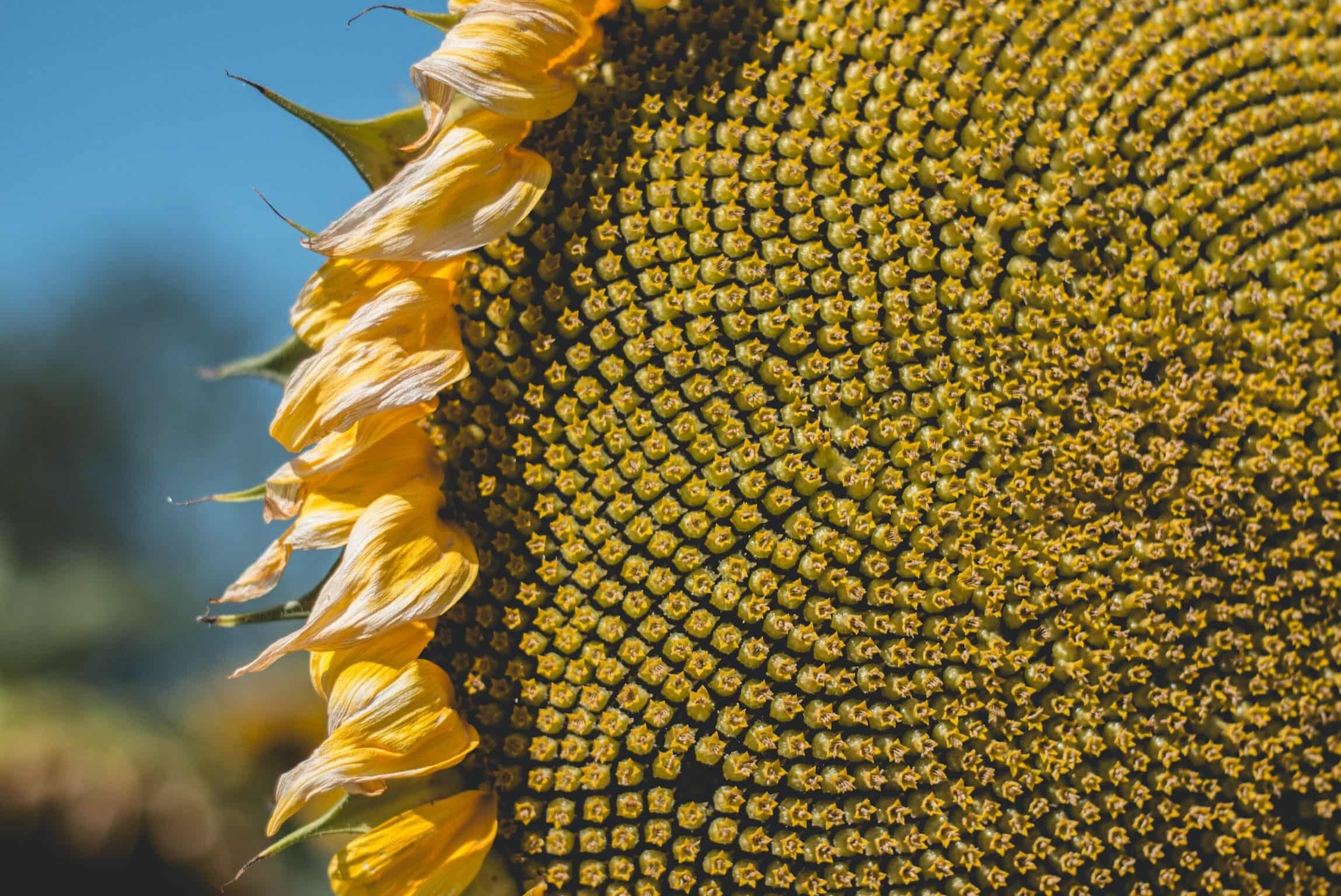
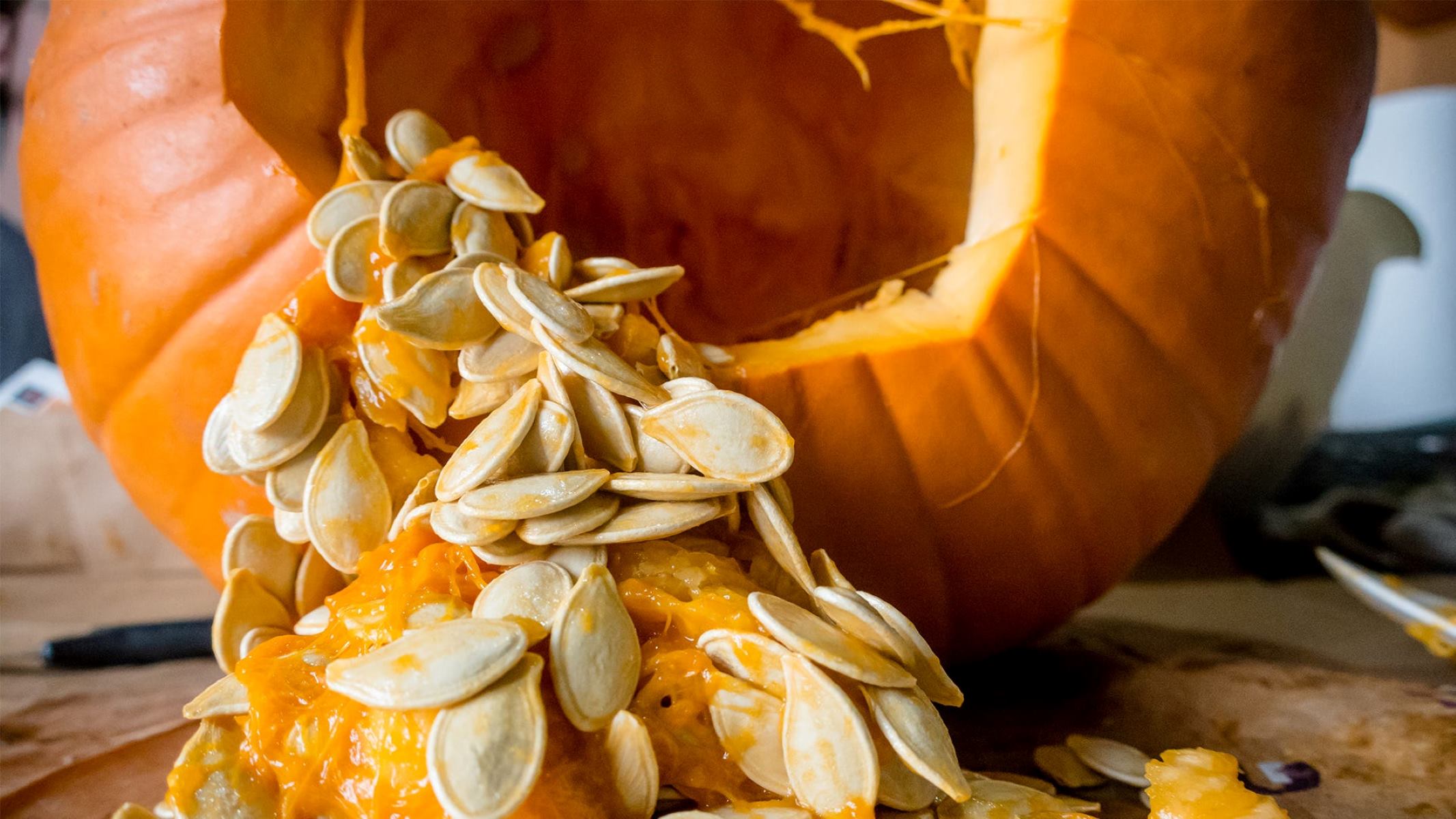
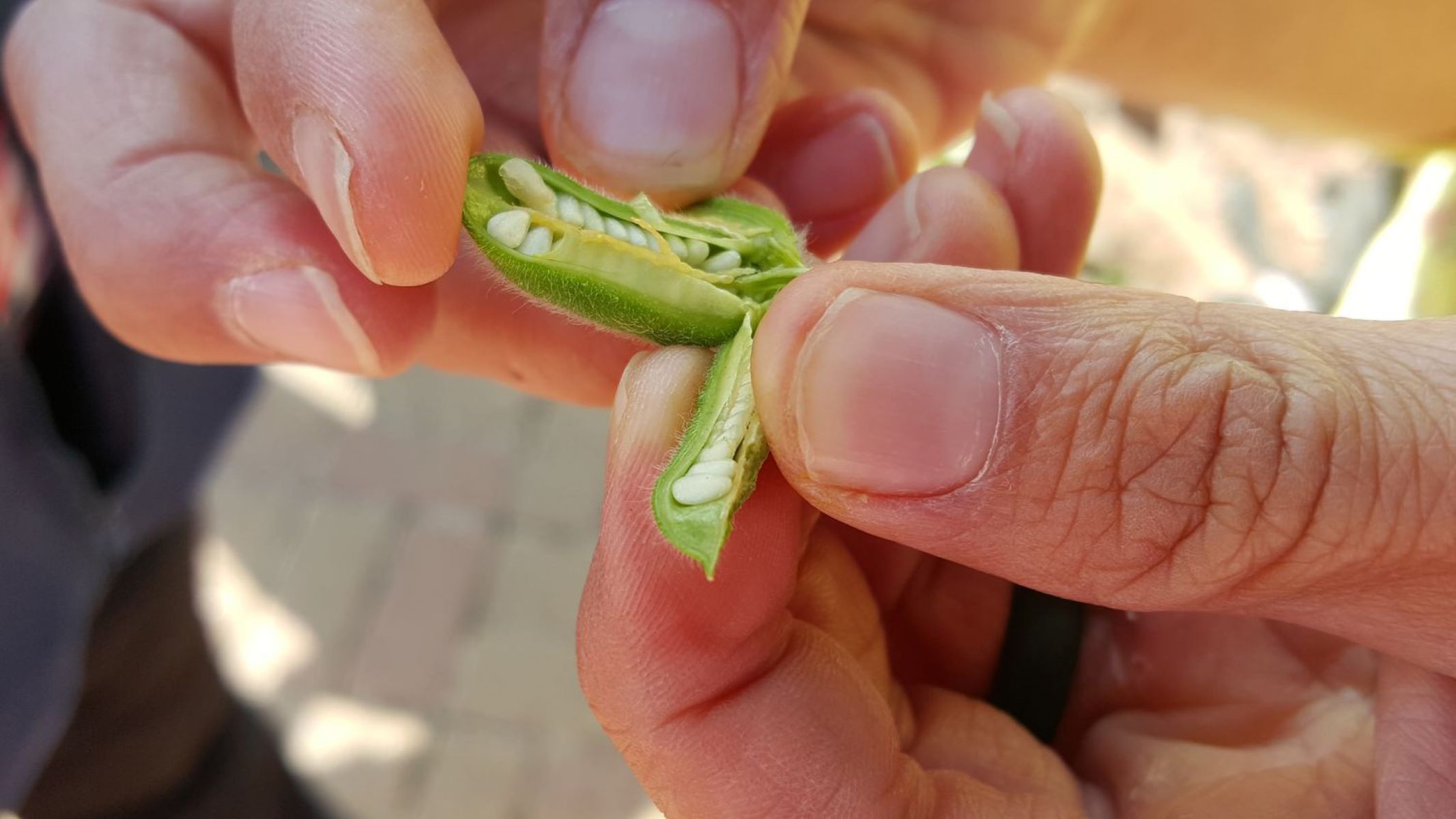
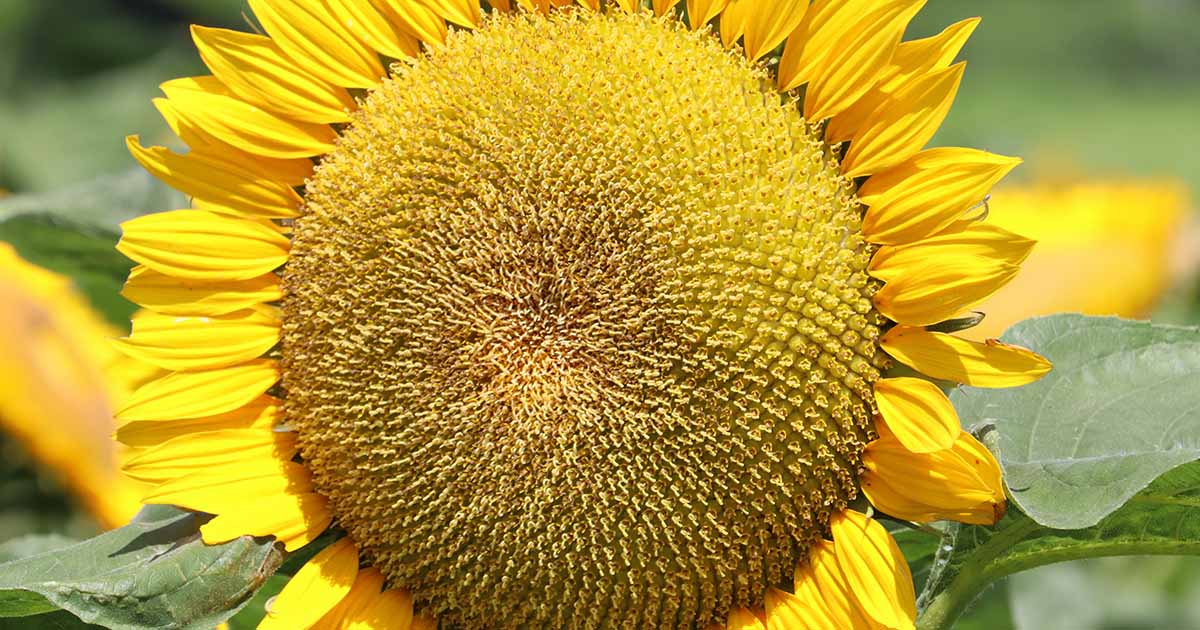
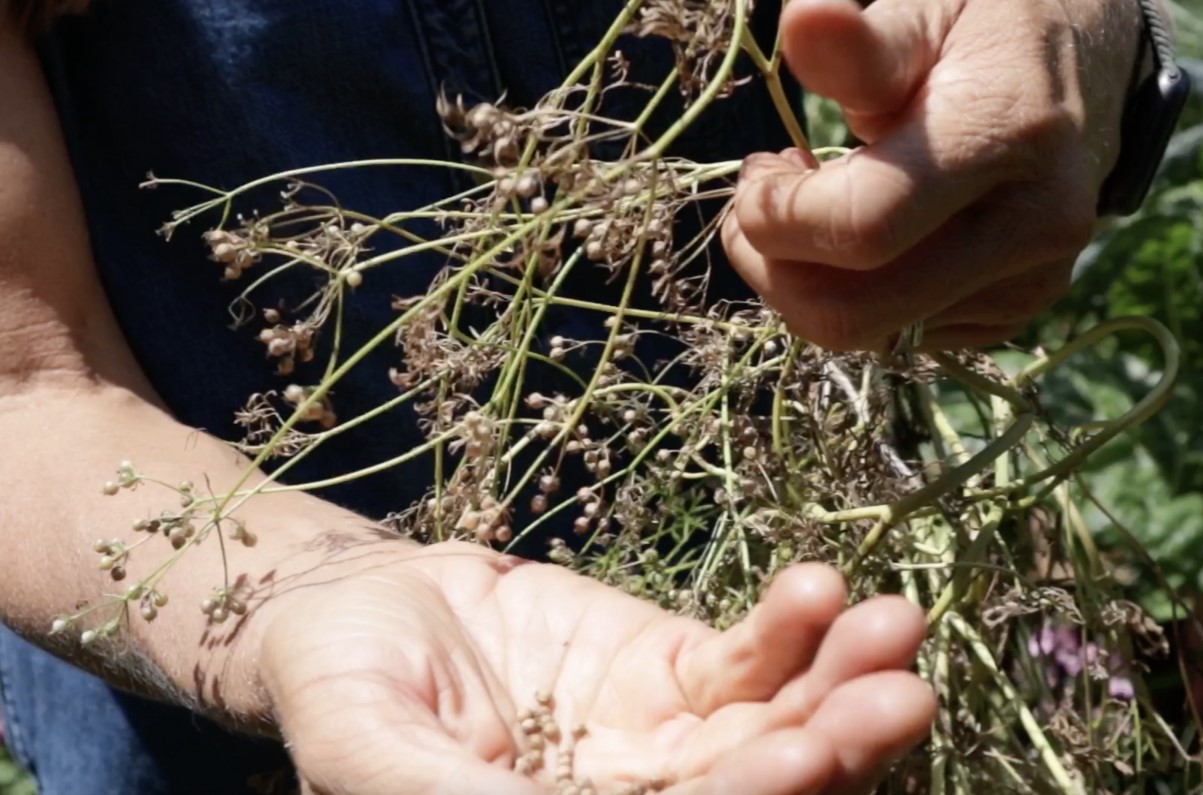
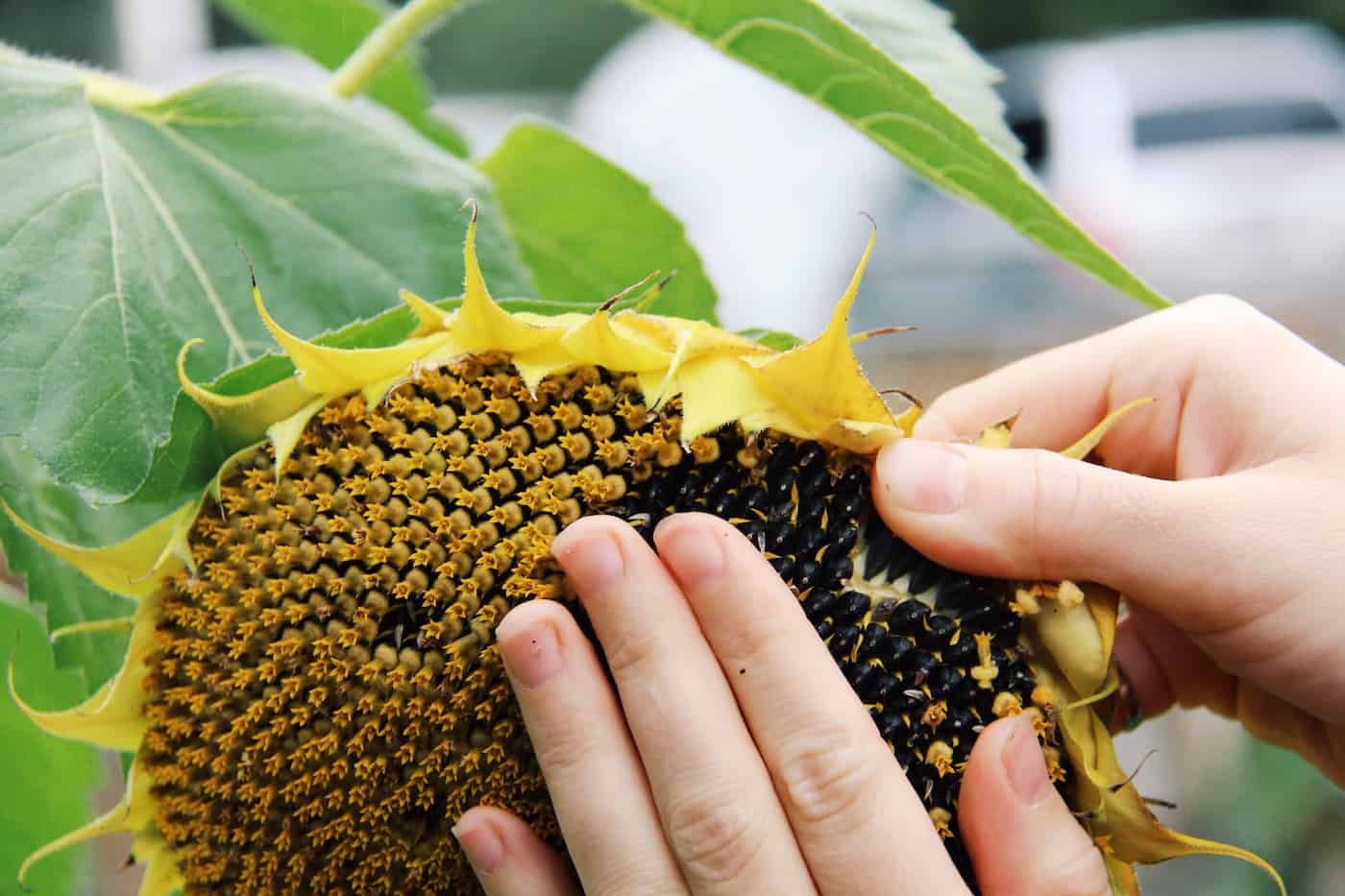
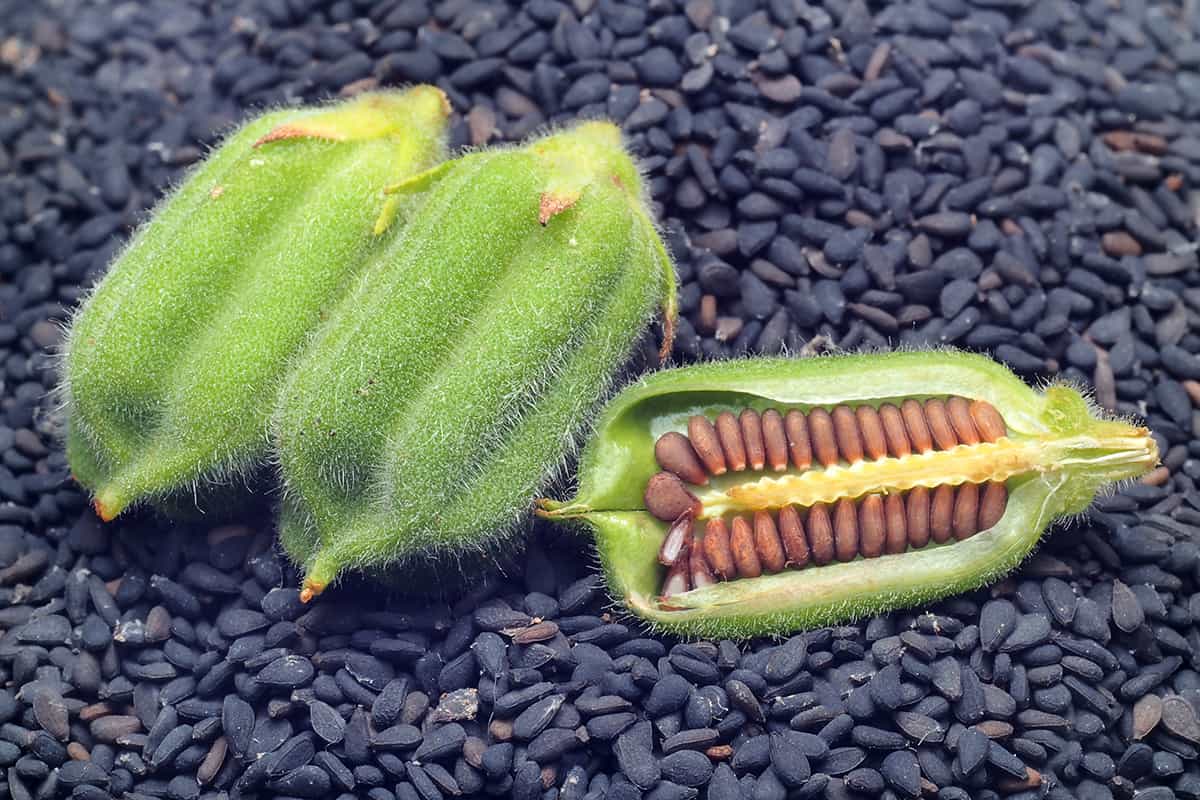
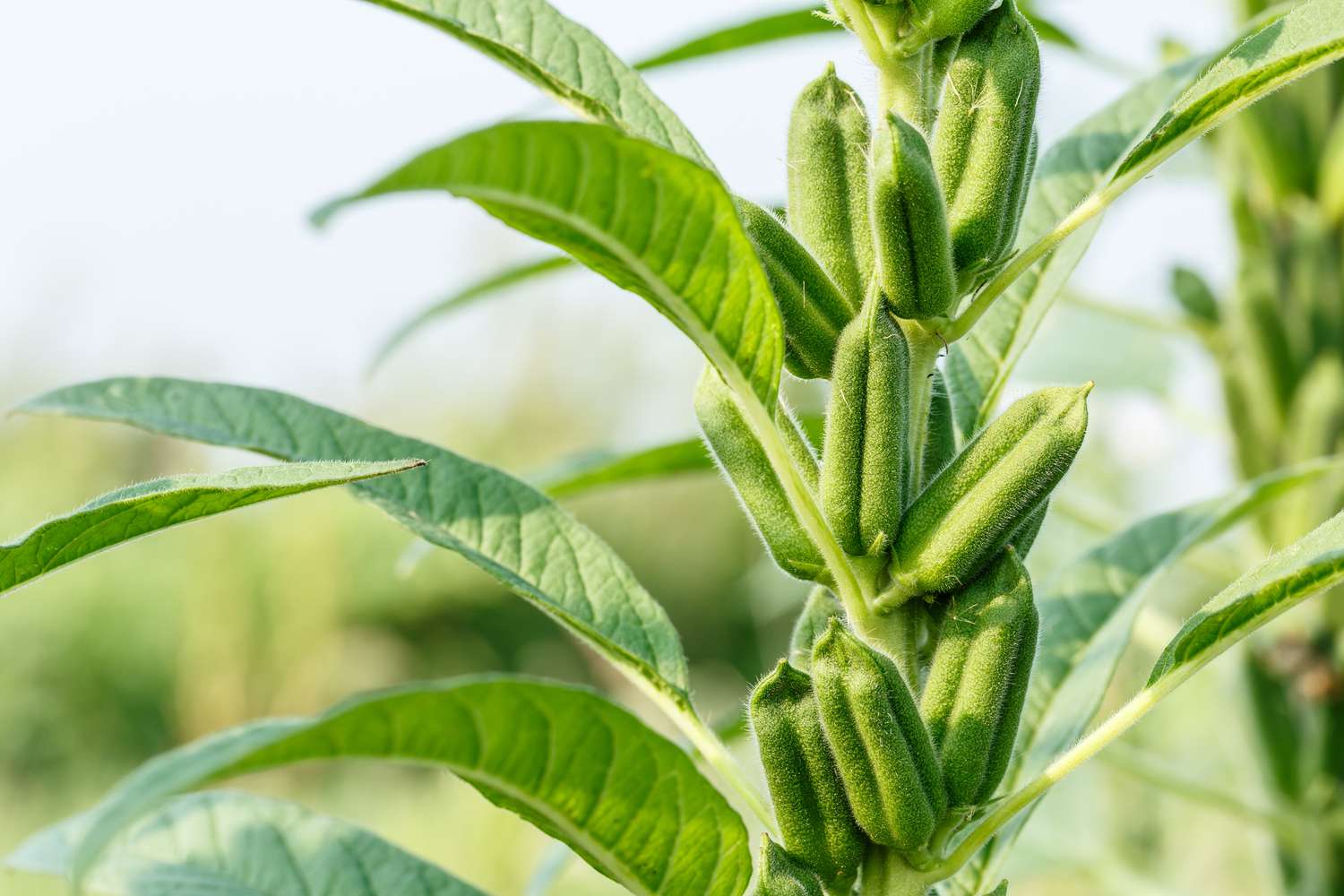



0 thoughts on “What Trees Do Helicopter Seeds Come From”